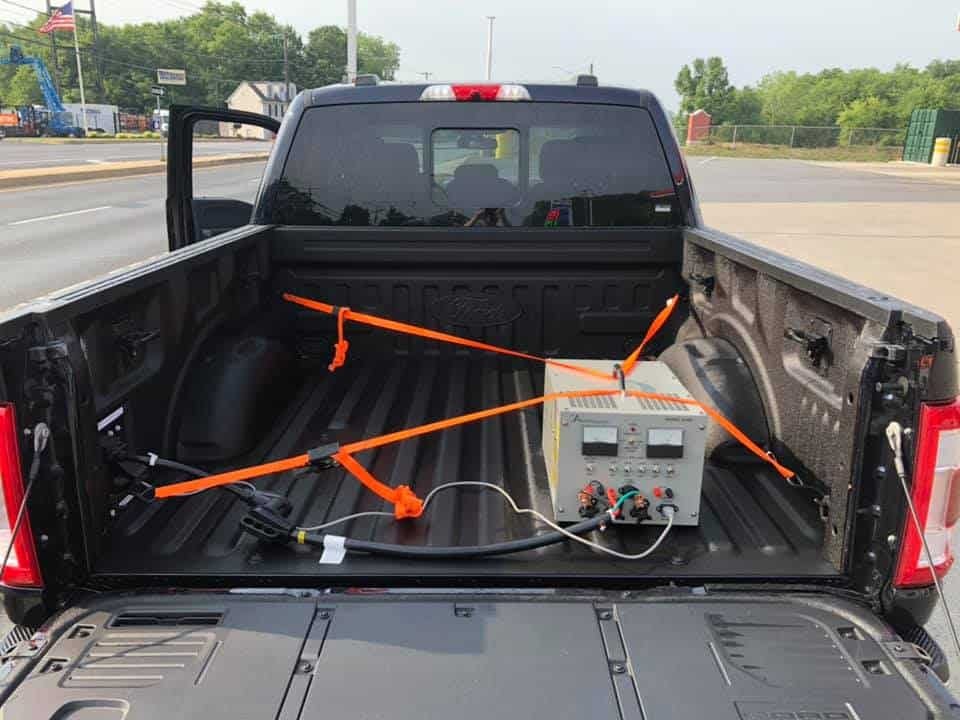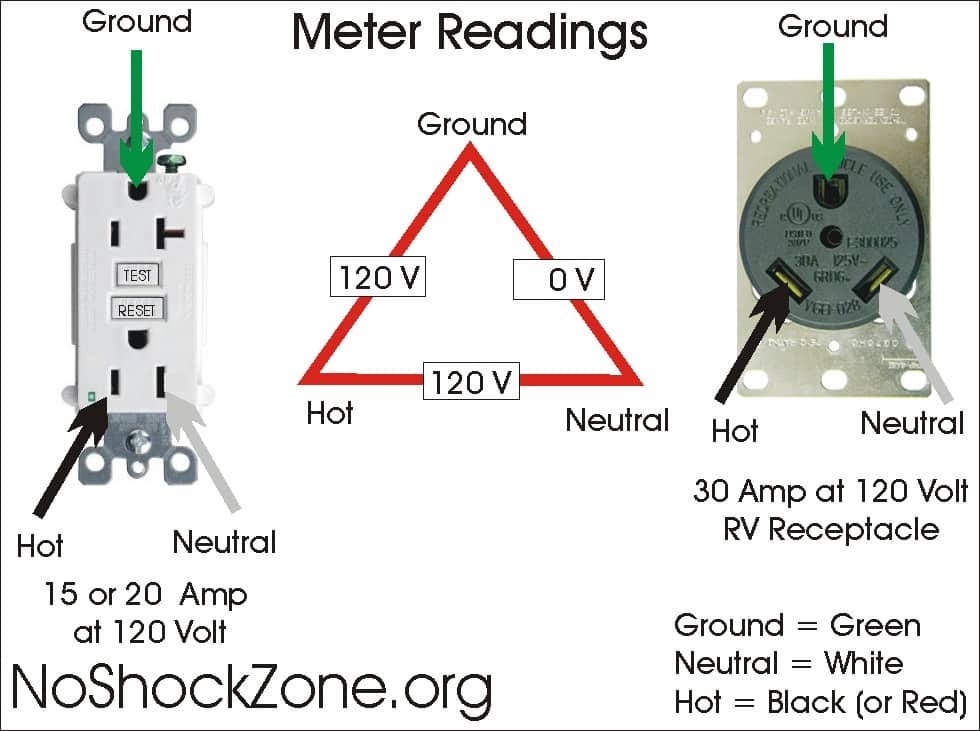Ford's Pro Power Onboard generator problems
The 2kW Inverter Generator in your new F-150 truck may not power your RV's air conditioner.
Strange power output on the F-150 stock 2kW Pro Power inverter generator
Here’s a weird one for you.. I had a call from a SoftStartRV customer yesterday about attempting to power his RV air conditioner from the 2kW Pro Power Onboard generator in his new F-150 pickup truck. Note that this is not the F-150 Hybrid PowerBoost with the 2.4kW or optional 7.2kW generator. I’ve actually tested the PowerBoost 7.2kW generator last year and was able to power a variety of RVs with their air conditioners.
Here’s how the Pro Power 7.2kW generator works
This has a number of 20-amp/120-volt outlets in the bed and in the cab, along with a 30-amp, 120/240-volt twist-lock receptacle just like any 7kW generator. You can read about my testing of the F-150 PowerBoost Hybrid truck HERE.
But the F-150 Pro Power 2kW generator is different
I don’t have one to test, but the non-hybrid F-150 has a stock 2kW generator that appears to make 60/60-volts on the neutral and hot conductors of the 20-amp outlets. Sounds strange, but this used to be common in recording studios to eliminate the hum from a guitar, and it was also common on cheap imported Inverter and Inverter generators.
Instead of measuring 120-volts between the hot and ground contacts, it actually measures 60-volts hot to ground, 60-volts neutral to ground and 120-volts hot to neutral. So it will power most things, but it appears that some modern air conditioners and refrigerators have safety systems that will not allow the compressors to operate without a ground/neutral bond.
A generator bonding plug won’t fix it
This isn’t a floating neutral outlet. It appears to be two 60-volt inverters that are wired 180-degrees out of phase. So you can’t bond the neutral to the ground with a bonding plug
A 3-light outlet tester will trip the on-board GFCI
This truck outlet is wired so differently that you can’t use a standard 3-light tester to check the outlet. It just trips the GFCI, which is exactly what I would predict with this sort of inverter output. But this generator seems to power most 120-volt appliances properly.
If you have an F-150 with the stock 2kW Inverter Generator, please contact me
I would like you to take a few measurements with a digital meter to confirm my hypothesis. Don’t worry, we’re not going to blow up your 2kW generator. I just want some numbers to roll around in my head.
Yesterday’s Solar Panel Announcement
Yesterday over 225 of you subscribed to my Alt Energy Zone blog about the upcoming Solar System series. There were so many great questions and comments that I might have to expand it a bit. If you missed it yesterday you can join the party HERE.
Let’s play safe out there… Mike







Hey Mike,
Also having issues with our inverter. Made a little crappy video which shows the basics... you'll probably be interested. The waveform is ugly and the frequency is all over the place depending on the sensitivity of your meter.
FYI, also went through this unbonded ground issue with some AC voltage sitting on the ground lead. Also tried a bonding plug without success.
https://www.youtube.com/watch?v=P4c0mve6zmI
Hi Mike,
I have a friend with an F-150 Tremor 2kW Pro Power Onboard generator who asked for my advice. He pulls a trailer with his and wanted the AC unit to be able to run off the truck. His trailer also its own DC system with a battery/charger/inverter/solar panels(?). He sent your article as the furthest he had gotten in his research and I have to say you've got a pretty good article written here, it was very helpful and we were able to come up with a solution to his problem using your article as a starting point.
After researching myself and talking it through with him, he ended up buying a 2kVA 1:1 isolation transformer and connected the leads to the Line and Neutral of the truck. He's run the setup now at home and at the campground with success. He does state the transformer gets a bit warm, I recommended he return it and purchase a 3kVA unit, but I don't think he'll have any issues outside of shorter lifespan.
Some safety items to share to anyone who attempts this:
Note that the truck's ground should NOT be passed to the trailer in this setup. With a transformer, you've now got a separately-derived system and so you need to evaluate how your neutral secondary will be bonded to ground. I would imagine in most cases that the existing neutral bonding jumper in the trailer will be fine. For his trailer, it has a switched neutral bonding jumper (prefers the off-trailer power's ground, but will swap to trailer ground if one is not detected) and so there was no need for an additional neutral bonding jumper. All that to say: ***EVALUATE HOW YOUR NEUTRAL IS BONDED TO GROUND*** if you are going to be adding a secondary source (tertiary in my friend's case). Incorrect bonding of the neutral (>1 or <1 connections) will cause a dangerous scenario. Further, the secondary side of the transformer needs to have a fuse rated at 1.25 transformer FLA (or next highest standard NEC rating) OR lower than the secondary wiring ampacity, whichever is lower. Make sure you know the secondary wire gauge, material type, and insulation rating. This includes ALL secondary wiring until the next protective device. Refer to the appropriate NEC ampacity table for your installation. Lastly, you need to have a throwover switch to prevent powering the trailer from more than one source (and possibly backfeeding to a dead grid which is very dangerous to line crews).
I have a lot of experience due to my occupation as a licensed power engineer, and so I felt comfortable advising him in his particular scenario. Anyone not comfortable with this activity should seek out a professional. All of this I've written is for informational purposes only and does not constitute advice for anyone's particular situation.
Good luck and BE SAFE!